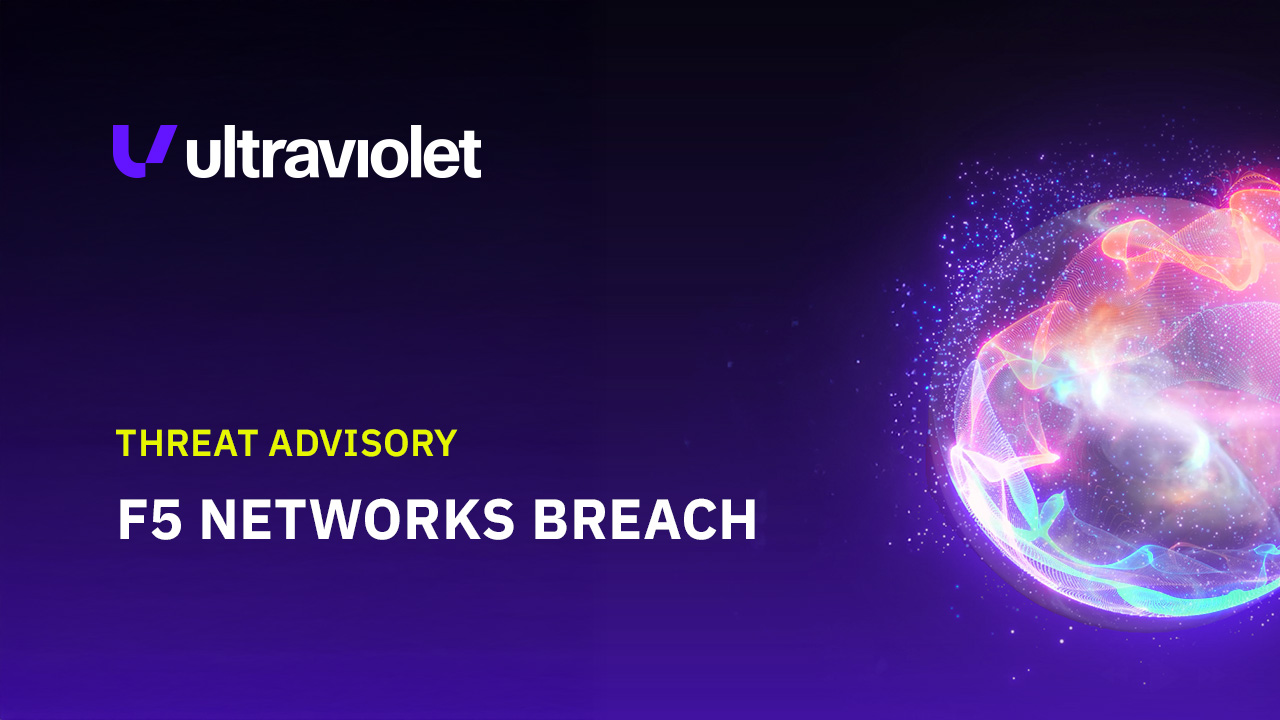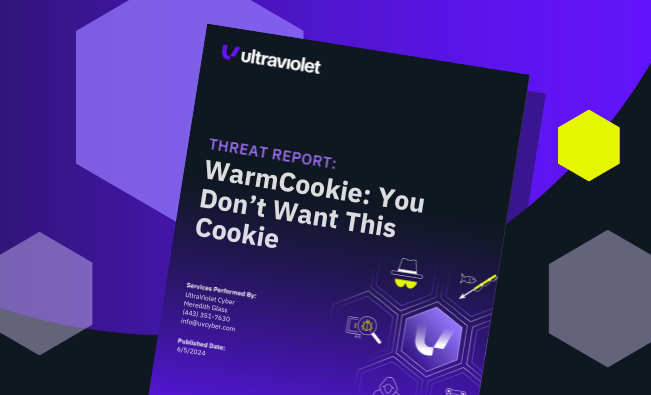
WarmCookie: You Don’t Want This Cookie
A backdoor specific to Windows devices has been discovered, delivered via recruitment-themed phishing campaigns. Elastic Security Labs has dubbed the backdoor ‘WARMCOOKIE’ due to data transfer across the HTTP cookie parameter...
 High-Scale SIEM Migration across 70TB/day and 4,000 detections
High-Scale SIEM Migration across 70TB/day and 4,000 detections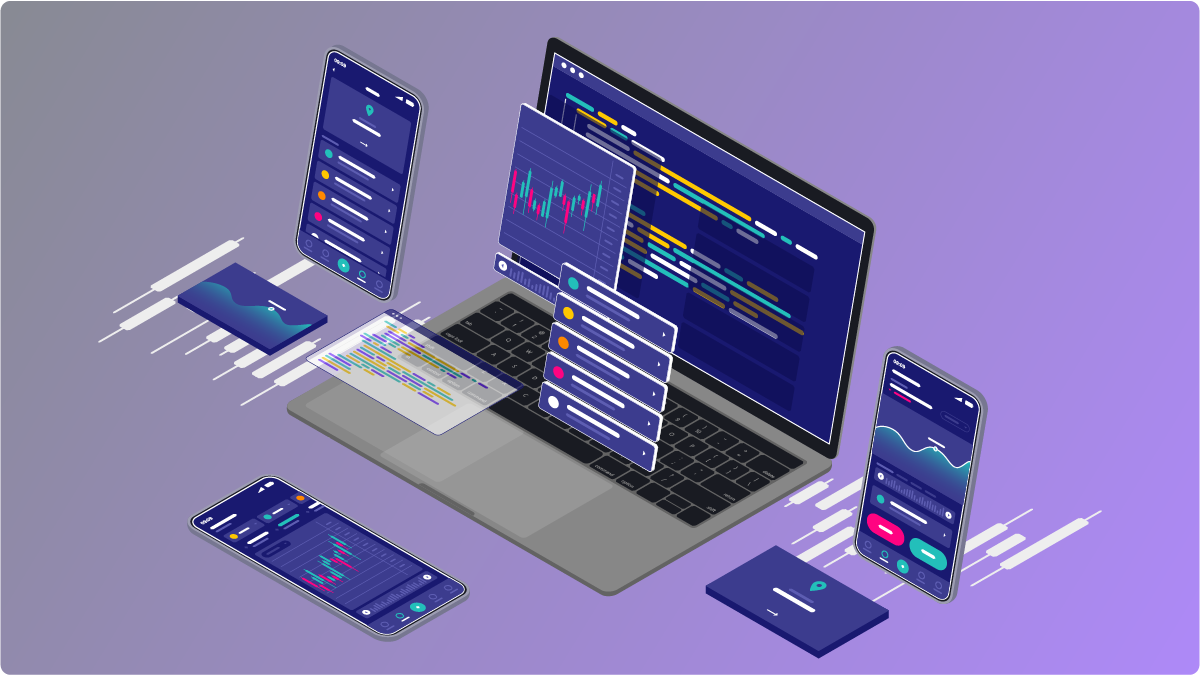
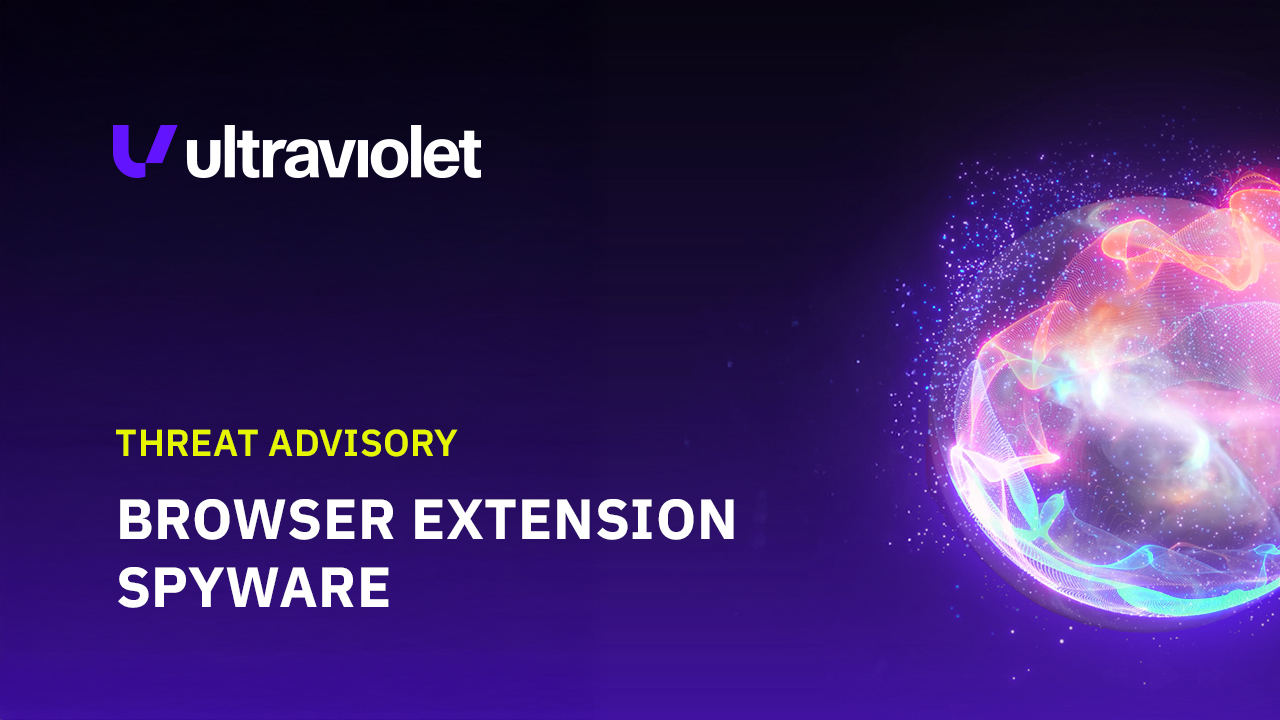
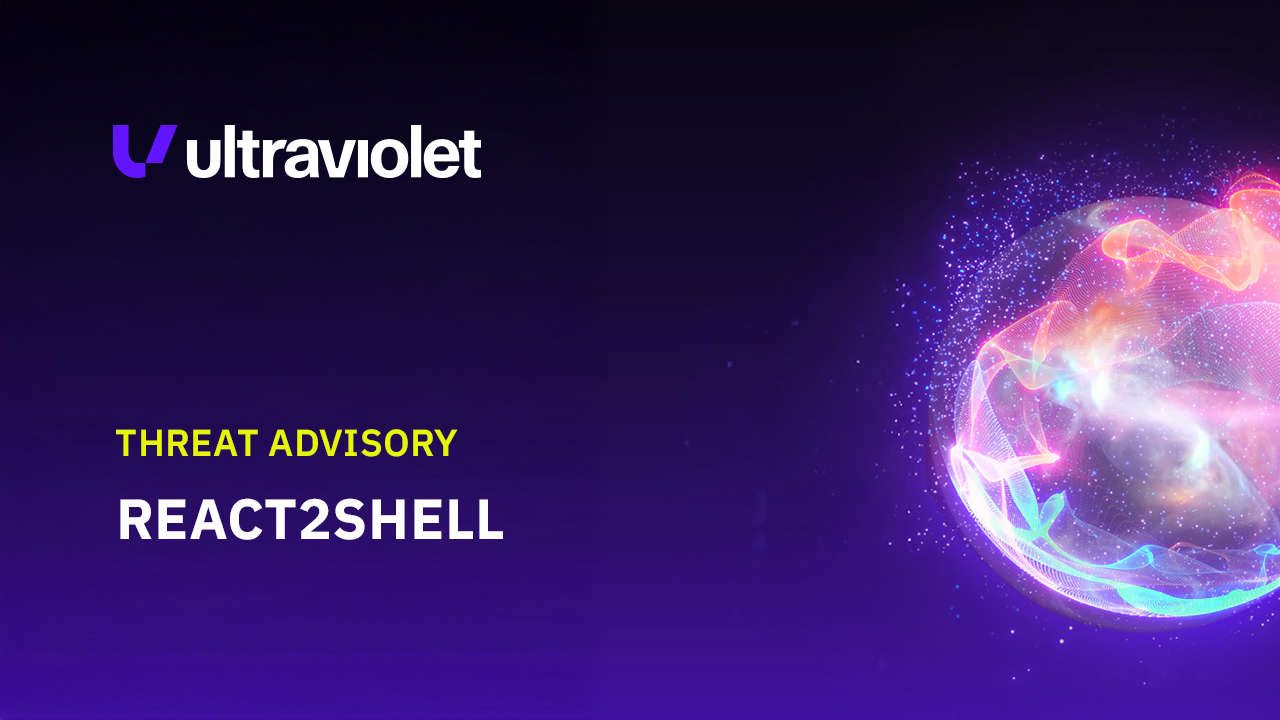 Threat Advisory: React2Shell
Threat Advisory: React2Shell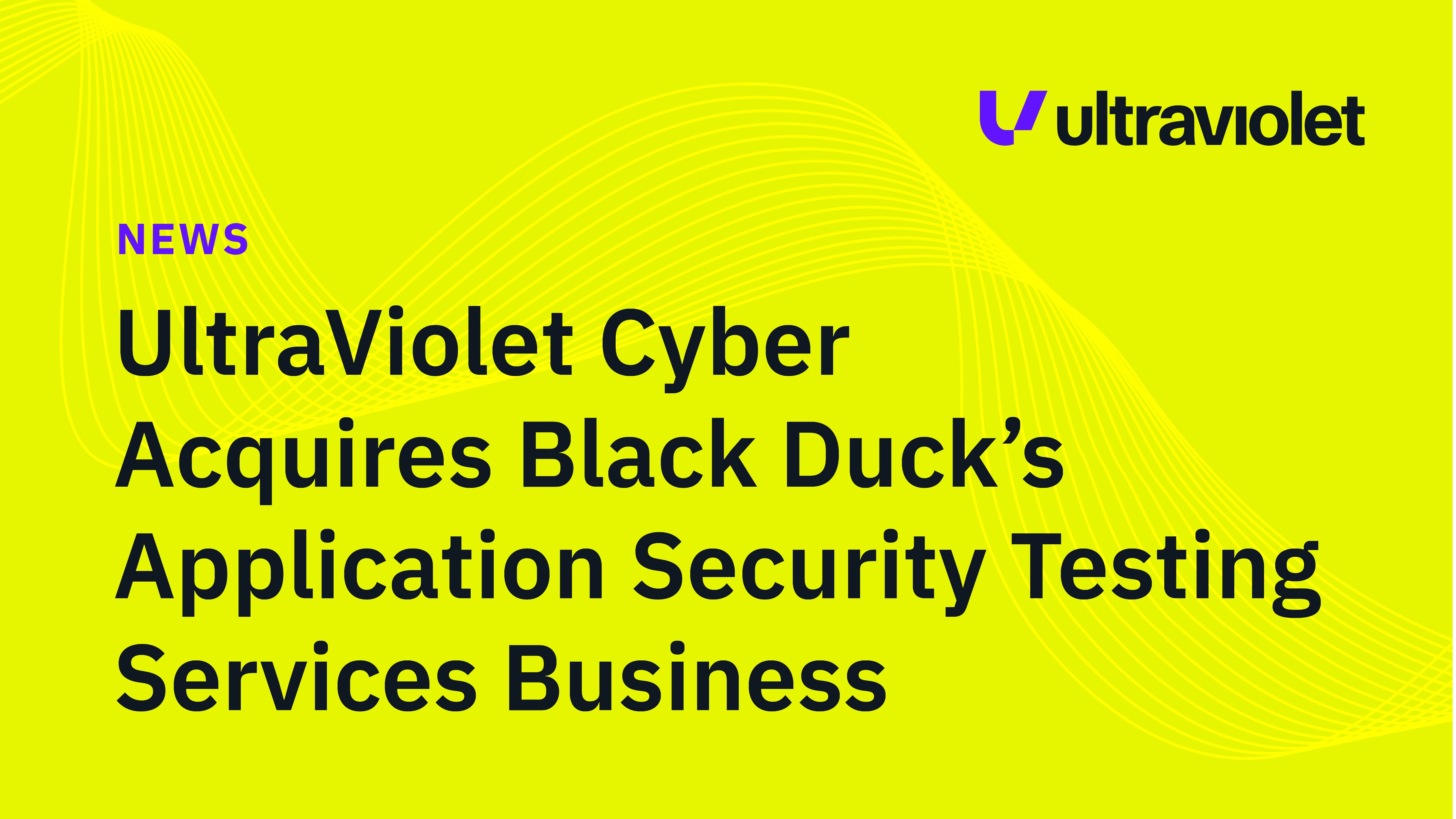 UltraViolet Cyber Acquires Black Duck’s Application Security Testing Services Business
UltraViolet Cyber Acquires Black Duck’s Application Security Testing Services Business UltraViolet Cyber Named to Inc. 5000 List of America’s Fastest-Growing Private Companies in 2025
UltraViolet Cyber Named to Inc. 5000 List of America’s Fastest-Growing Private Companies in 2025
